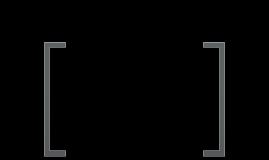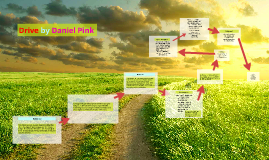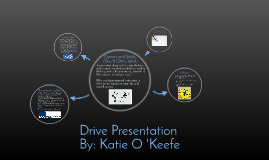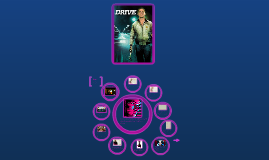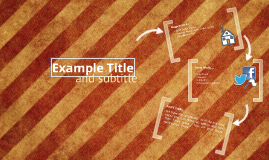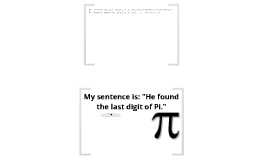Drive Presentation
Transcript: Type I people are those who have a greater tendency to be intrinsically motivated, while type X people tend to be extrinsically motivated. Pink asserts that being type I is the "default" setting for human beings, and that they almost always outperform type X people in the long run. This is because... Motivation 2.0 Type I's need and actively seek: autonomy, mastery, and most importantly... Although this operating system served its purpose early on, it became necessary to replace it with something that encouraged desirable behavior and discouraged undesirable behavior. This led to... For example... These folks need to feel that they are contributing to something greater than themselves. Pink asserts that these things occur because introducing incentives into otherwise rewarding tasks reduces them to mere assignments, or work! Drive by Daniel Pink Pink, taking an evolutionary viewpoint, states that this is the original "operating system" for human beings. He calls it the first drive. It is the biological drive. It includes basic things like hunger, thirst, and sexual motivators. ...the third drive. This is the drive that is based on intrinsic motivation, and according to Pink, it is at the very heart of human nature. This drive leads people to do things that cannot be explained by motivation 1.0 or 2.0, such as develop open source software without receiving any monetary benefit, and without being ordered to do so. From his research, Pink has developed a simple way to categorize different types of people... Motivation 1.0 In conclusion... Type I and Type X "Human beings have an innate inner drive to be autonomous, self-determined, and connected to one another. And when that drive is liberated, people achieve more and live richer lives" (p. 71). Simply put, motivation 2.0 ceased to be effective because it failed to capture the essence of what it meant to be human. After all, animals respond to reward and punishment, and aren't we different from animals? This form of motivation was actually killing what Pink refers to as... Motivation 3.0 ...the second drive. This is the human drive to seek reward and avoid punishment. Examples include increased pay for better performance, and diminished pay for decreased performance. While this represented and marked improvement over motivation 1.0, it was still lacking because it failed to account for innate human behaviors. "Greatness and nearsightedness are incompatible. Meaningful achievement depends on lifting one's sights and pushing toward the horizon" (p. 57) Purpose! Several "curious" things occur when incentives are introduced: Diminished performance Creativity is crushed Good behavior is crowded out More cheating, shortcuts, and unethical behavior occurs Incentives become addictive Short-term thinking is encouraged






